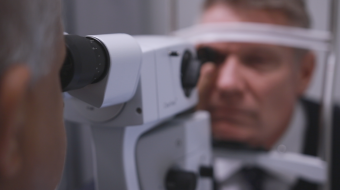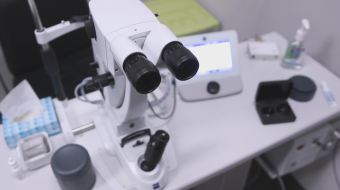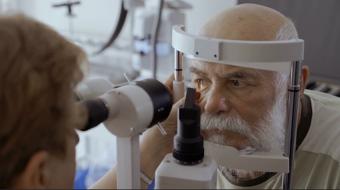Welcome to our complete collection video-based health and wellness resources. All our videos are presented by actual doctors, allied and alternative health practitioners, wellness coaches and health specialists. Our 1,500HD videos cover over 160 health and wellness categories, offering you quality, unbiased information on medical conditions, treatments and healthy living. You can search for topics or find videos by browsing our topics or based on the type of practitioner you're looking for.
Practitioner Types
Learn from the experts
The Risks of Not Treating Diabetic Retinopathy
The risks of not treating your eyes and not controlling the diabetic retinopathy are many. You can have blurring of vision, you can have loss of vision—some of which is recoverable once you start treatment.
But you can also have permanent loss of side vision or centre vision in a way that can’t be recovered. If ignored long enough the doctor can help you but maybe not enough.
Management and Treatment of Diabetic Retinopathy
Diabetic retinopathy, which can cause permanent damage to the eyes, can be controlled by first of all controlling the sugars. The best way to control sugars, you need to do three things: not just simply take your medication, that’s one thing. You take the medications the doctor prescribes. Some people think that’s enough—if they take the medications they’re fine.
What is Keratoconus Symptoms and Treatment
Keratoconus is a disease of the cornea in which a normally round, dome-shaped cornea progressively thins, causing a cone-shaped bulge to develop





